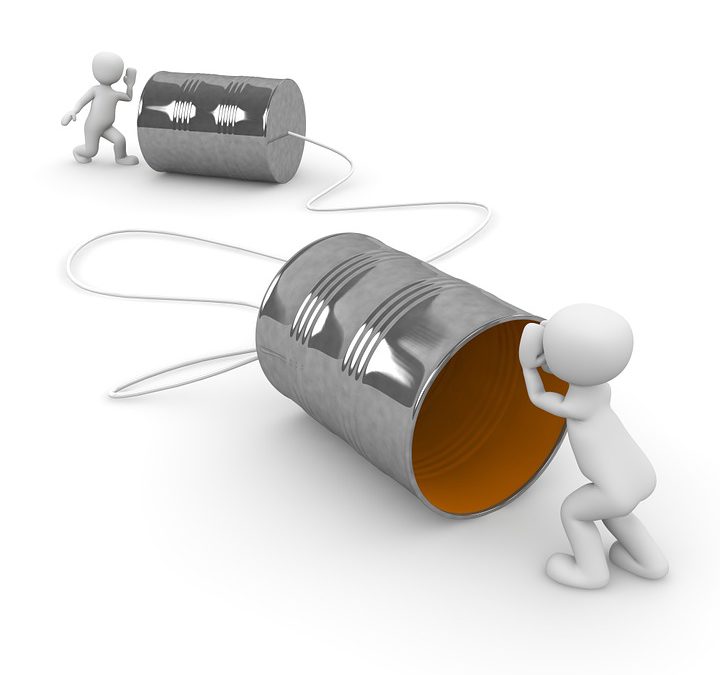Reaching Your Audience (Communication)
Are we talking the same language? Perhaps you’ve heard it said, “What we have here is a failure to communicate. Some men, you just can’t reach” (Cool Hand Luke, 1967), or “I have tried to help him, but I have failed. I have failed because you have not helped me. You people have not given Private Pile the proper motivation” (Full Metal Jacket, 1987). Whether it is a dilemma of not being able to reach your audience, or a combination thereof including a lack of motivation, both Cool Hand Luke and Gunnery Sergeant Hartman had it right. Communication, often, is at the root of any successful or failed business meeting and presentation. Ever been presenting a technical brief with a customer, working to communicate their needs with your solution and found your team losing your customer and starting to get off message? You have worked hard to get an audience, the last thing you want to do is lose them!
The key root to effective communication is in the execution – and not only in hearing but truly listening to your customer. Often, the missing link, and the main reason we fall short in presenting to customers is miscommunication (you’ve missed the communication). It’s the gap between what we want to achieve and the ability to deliver the message. The need is above solely tactics and technical prowess, but includes a system of getting things done through questioning, analysis, and follow-through – meshing strategy with reality, aligning people with goals, and achieving the results promised. Executing effective communications in any presentation is the best way to link the people, strategy, and operating plan – together, to get things communicated in a timely fashion.
Here are three simple strategies to ensure you keep your audience’s attention and stay on message:
- Ensure all members are participating – if you notice a member of your customer team not participating in the discussion, engage them in conversation. Ask an open-ended question that cannot simply be answered with a simple yes or no answer. They are in the meeting for a reason. Either they are a leader or the leader respected their opinion and included them so it’s good to know what they are thinking.
- Take a breath – it is a good idea to pause periodically when it is your turn. We know the importance of not taking over a conversation, but there are times where it is your turn to talk. When it is, be sure to pause, see if there are any questions or get feedback from the customer. Interjections and feedback could point out things to highlight further in your presentation and increase your chances of more meaningful dialogue.
- Do something unexpected – we are all so tired of death by PowerPoint, please stop killing us with them. During death by PowerPoint, we slump further into our chair and casually check our social media feeds under the table. Huh, were you saying something? Therefore, do something unexpected! How about just one slide with a list of questions for customer engagement? How about standing up and walking around? How about cutting the customer off at the pass and providing a list of all the negatives and why you shouldnt’s with a counterpoint discussion of all the why you shoulds? Do something different in a good way and stand out.
The next time you or your team is meeting with a customer, take a moment to sit back and observe your ability to communicate. Are you hearing the customer’s needs and challenges, or are you truly listening? The subtle difference in your actions could significantly increase your chances of success in solving the customer’s challenges and putting you one more step in front of the competition. For more tips and tricks to stay on target, contact us!

